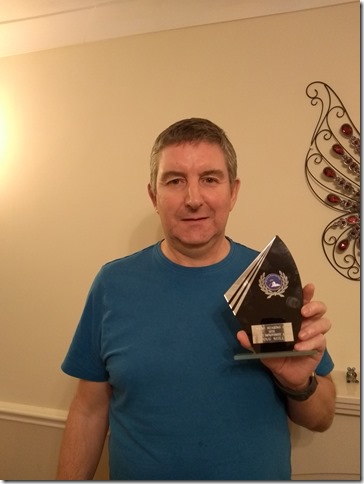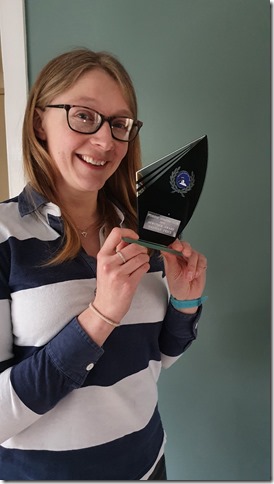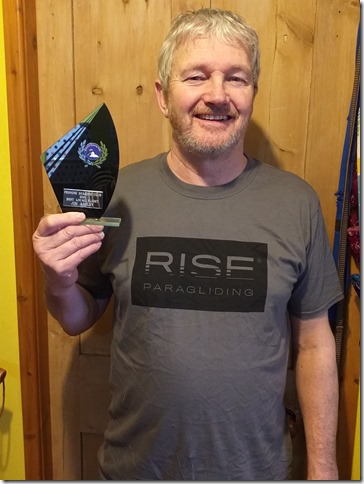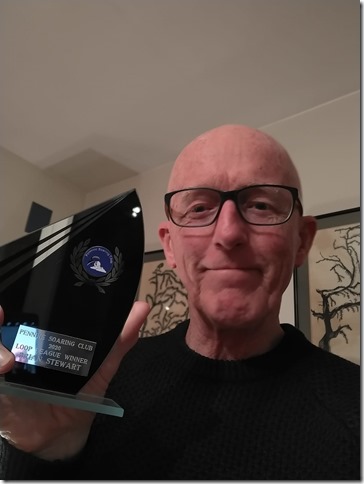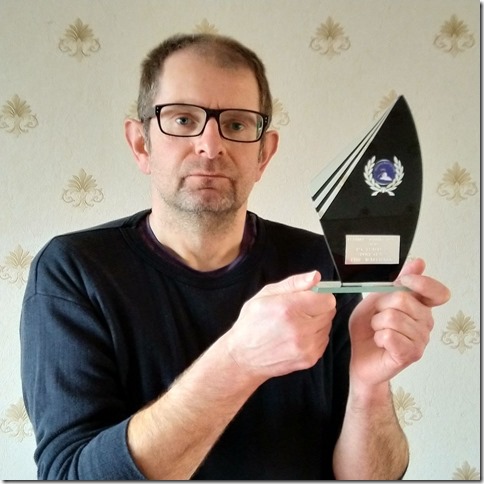As you are all aware the Government published new Regulations on March 5th which came into force on Monday March 8th 2021.
If any Pilots feel that they would like to speak with a coach before going out on the hill, then please contact any of the coaches through the website or direct to the Chief Coach who will put you in touch with someone.
Before you dive straight in, take time to reflect.
Staying current is a key part of staying safe. Yet NONE of us are current.
Many of us have not flown for almost a year.
You are not the pilot you were!
List the key flying skills and commit to working your way through them methodically in the air before you seek out that rocket thermal.
Remind yourself of the air rules.
If you have bought new kit, think twice about using it for the first few flights.
Get out and ground handle.
Start on familiar safer sites and choose friendly conditions.
It’s spring so be aware of the potential for rough air.
Everyone is rusty so give all pilots plenty of space.
Keep your head up and look around
Be safe and enjoy!
Many Thanks,
Regards
Paul Redman

